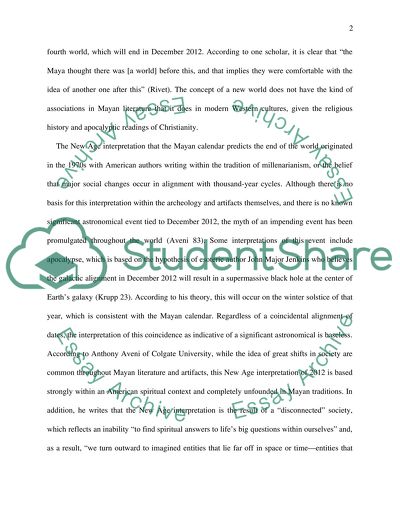Cite this document
(“2012 the end of the world/ Mayan Calendar Research Paper”, n.d.)
Retrieved from https://studentshare.org/family-consumer-science/1423327-2012-the-end-of-the-world-mayan-calendar
Retrieved from https://studentshare.org/family-consumer-science/1423327-2012-the-end-of-the-world-mayan-calendar
(2012 the End of the World/ Mayan Calendar Research Paper)
https://studentshare.org/family-consumer-science/1423327-2012-the-end-of-the-world-mayan-calendar.
https://studentshare.org/family-consumer-science/1423327-2012-the-end-of-the-world-mayan-calendar.
“2012 the End of the World/ Mayan Calendar Research Paper”, n.d. https://studentshare.org/family-consumer-science/1423327-2012-the-end-of-the-world-mayan-calendar.


